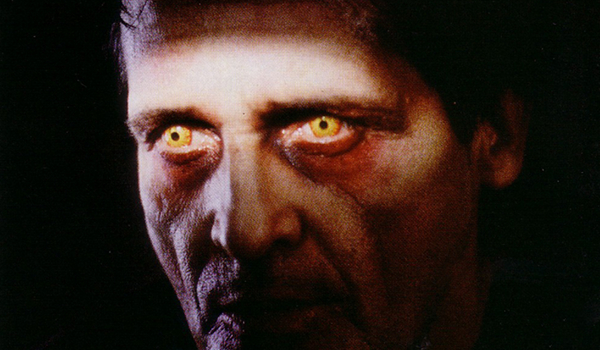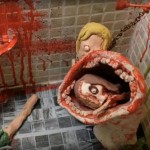Review: The Exorcist III
It’s the perfect sequel. Now, before outrage ensues, please note the distinction between “perfect sequel” and “perfect film”, cause we all know that The Exorcist IIIdoes have its shortcomings. Where it excels is the way it expands upon the ideas, both thematically and stylistically, of the original film while still offering up a completely fresh take on the subject matter.
The Exorcist is probably one of the most notoriously copied films. After its release in 1973, there was a wave, or more accurately, a gargantuan tsunami of copycats trying to cash in on the success of demonic possession’s ability to capture the public’s imagination. Some proved to be classics in their own right, like The Omen or The Sentinel, some were less successful such as the Italian rip-off Beyond The Door. When a film becomes such a phenomenon that its influence can be seen in movies almost forty years after the fact, it’s safe to say that the elements making up said film are permanently saturated into popular culture. Quick test: head spin. Who didn’t just think of Regan sitting on the bed as her neck sickeningly cracks around before expelling some nasty little obscenities?
This pop culture awareness guarantees two things: 1) a sequel will be made, and 2) it will be a disappointment. It makes any recreation or direct visual reference to the original either laughable or cliché; such was the fate of The Exorcist II: The Heretic which included a silly recreation of Regan when she’s possessed. In order to survive, the sequel film must therefore be born from the original, but bare it’s own unique and terrifying traits. Rarely has a horror sequel achieved both these things, but in the hands of director William Peter Blatty, who wrote both the original film and the novel it was based on, The Exorcist III shines as a unique example of exactly what a sequel can be.
The film uses the detective subplot, which was overshadowed in the original film by the harrowing images of the exorcism itself, and moves it to the foreground. It expands upon the side characters of detective Kinderman and Father Dyer, enriching them in ways that will delight any fan of the first film. It doesn’t revisit or rehash over saturated elements unless it’s adding some new twisted aspect to them. For example, Father Karras falling to his death down the stairs is of major importance to the plot and although the film uses your awareness of the steps from the previous film, The Exorcist III effectively builds its own atmosphere and mythology around the image.
Beyond it’s cleverly intertwined plot, the film also bares an interesting stylistic relationship with the original. The editing technique of loud scenes followed by a quick cut to silence proved effective most notably when Regan thrashed wildly on the bed, then cut to her mother quietly dealing with her distress. It gave an eerie contrast; a storm is only scary when you know how calm it was beforehand. The same technique is implored in III, but it’s taken to another level where even the dialogue is subjected to this esthetic, creating a fascinating and often unsettling editing rhythm.
On a more childish-glee note, the film also contains one of the most gloriously constructed jump scares in all horror cinema. If you’re tired of uneven framing or characters standing next to open windows giving away the moment of shock, there’s a sequence in this film that’s sure to surprise you. It works almost as a double jump, the first coming when the killer steps our from a part of the frame that was just established as safe by the victim and the second comes as you take in the bizarrely religious and unexpected visual extreme of the murderer themselves.
In the end, The Exorcist spawned four sequels, all of which but for one are deeply flawed movies. This should stand as a testament to the expertly constructed The Exorcist III, which has the intelligence to start from the road paved by the original, yet find it’s own path leading under our skin and into our nightmares.
Related Posts
Latest posts by Craig Stewart (see all)
- Horrorfest 2013 Review: Day of the Dead (1985) - NP Approved - October 1, 2013
- Review: You’re Next (2011) - August 21, 2013
- Blu Review: Texas Chainsaw 3D (2013) - May 13, 2013
-
http://twitter.com/Xtroid Filip Önell






















